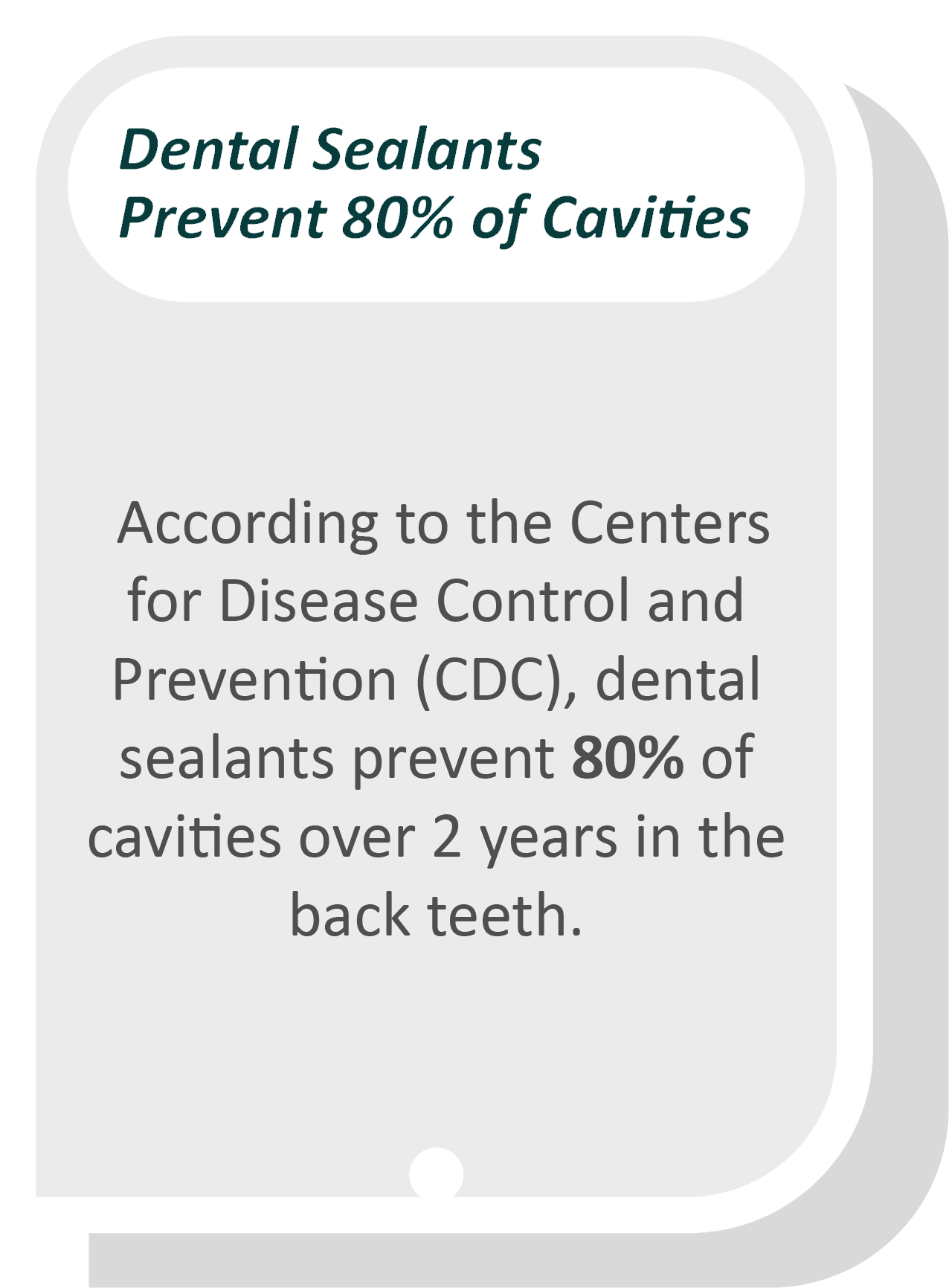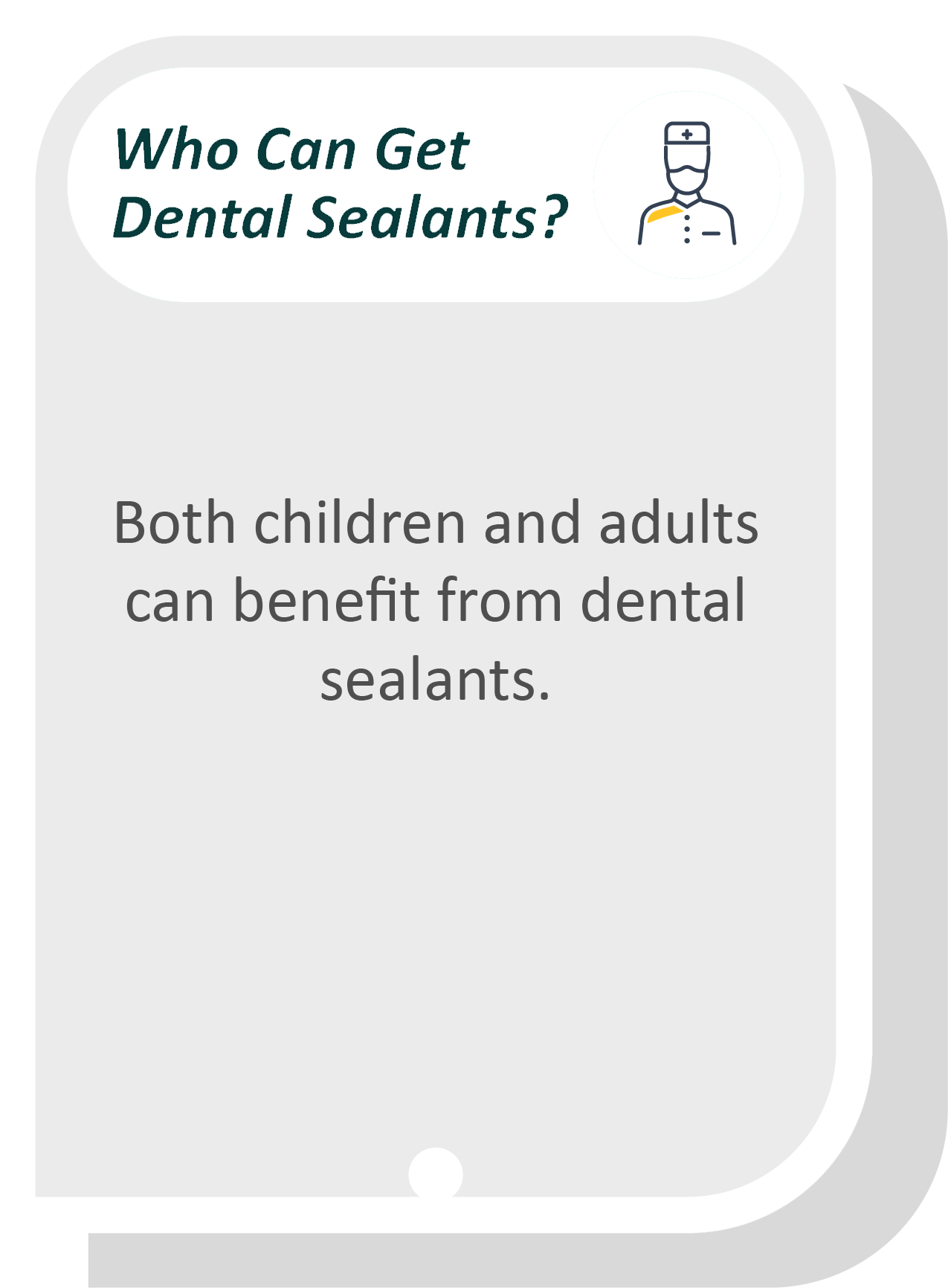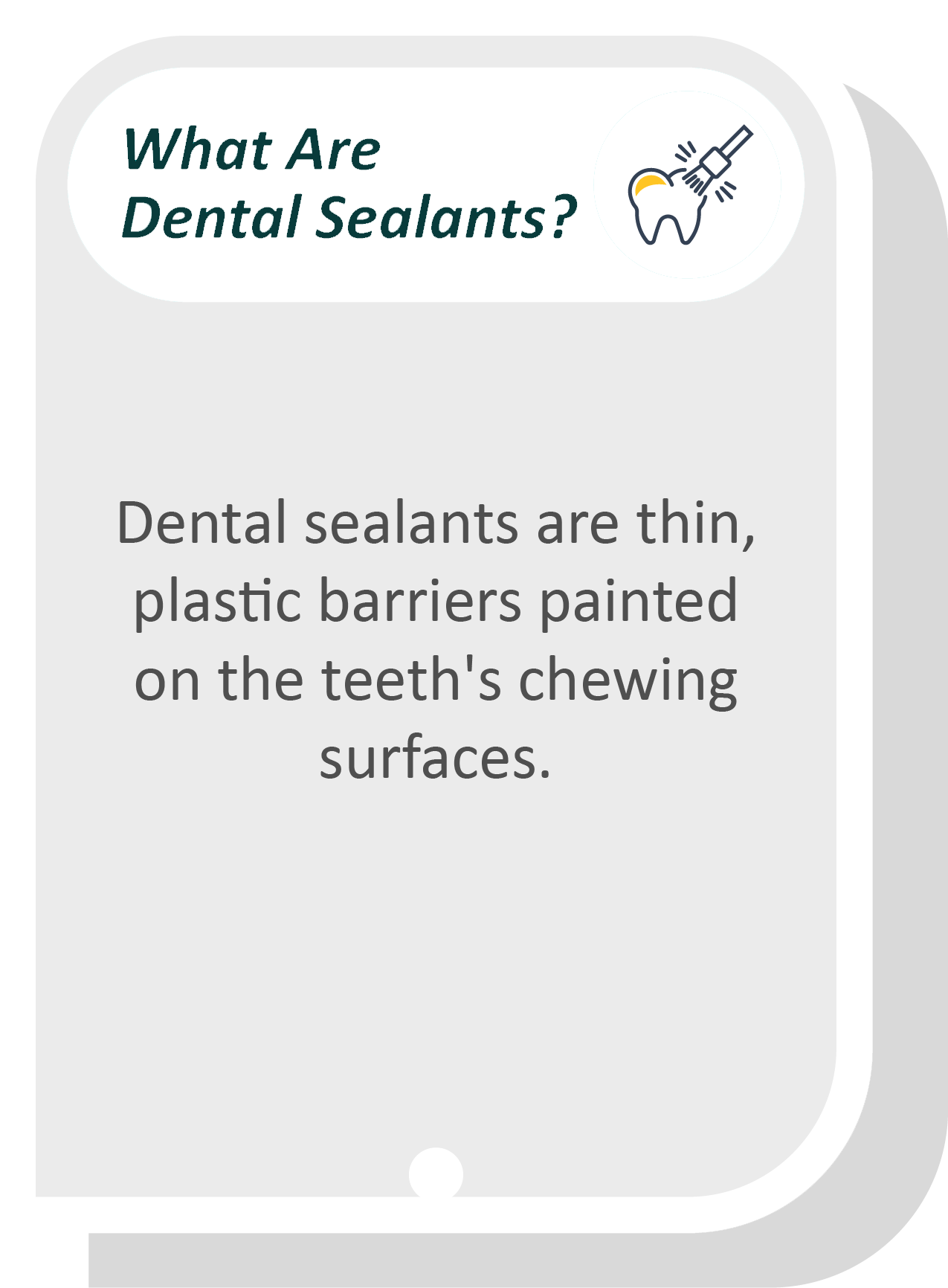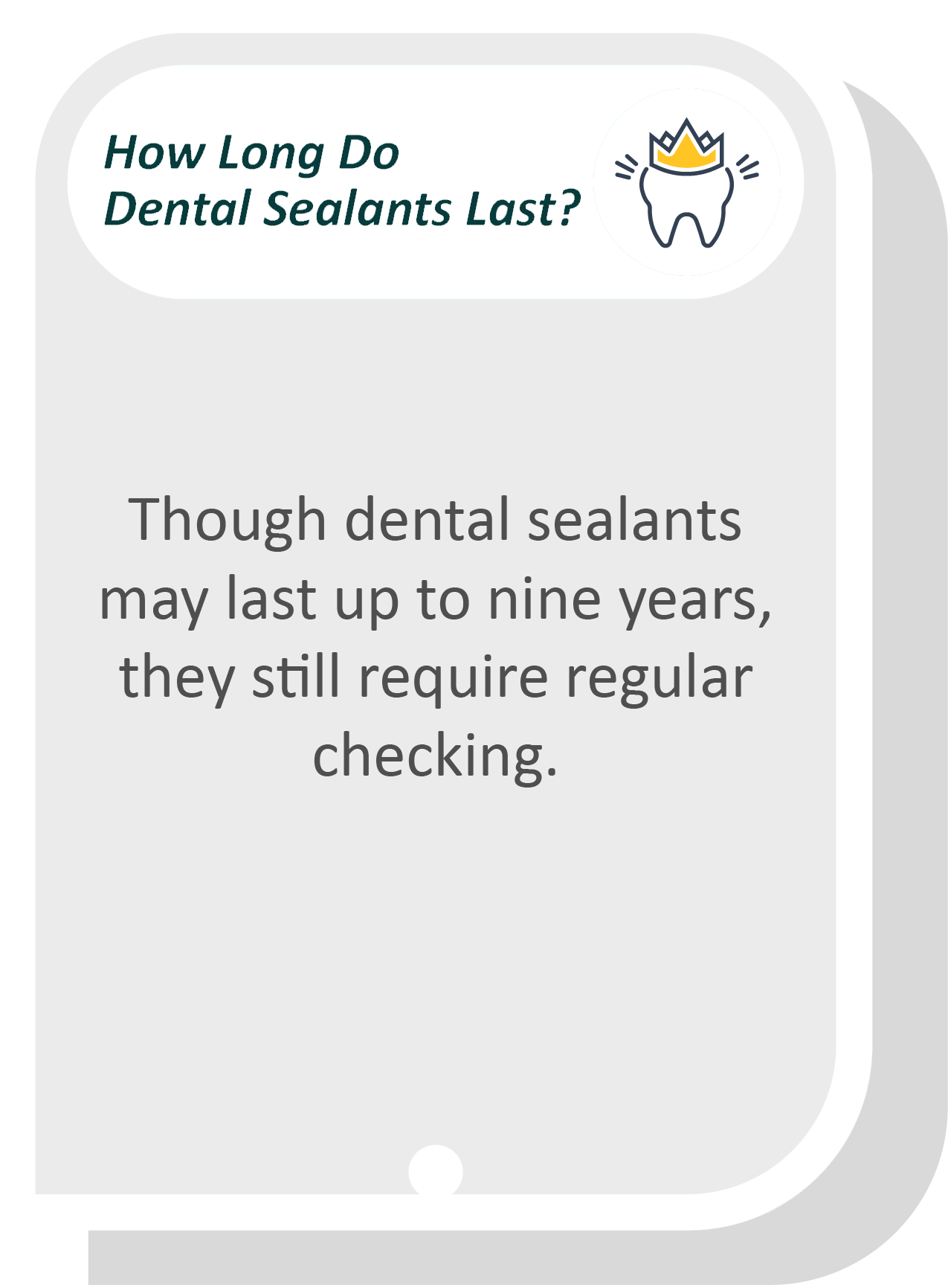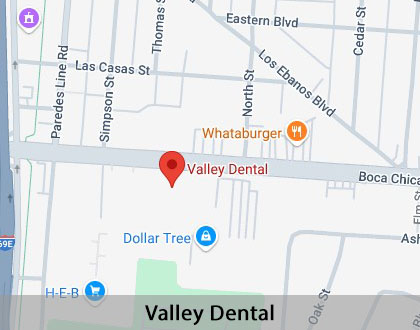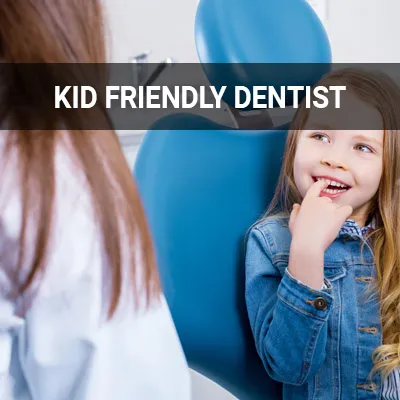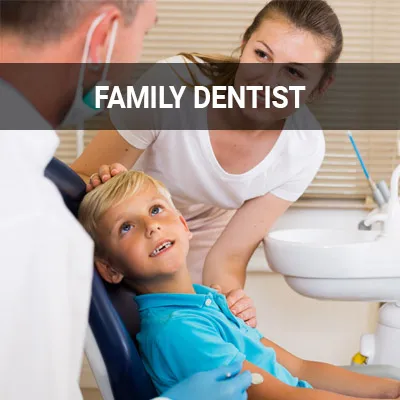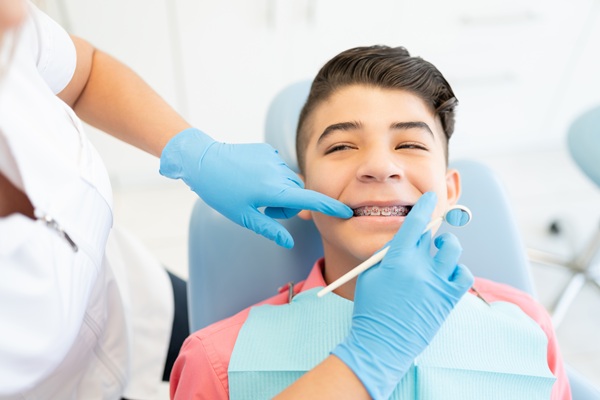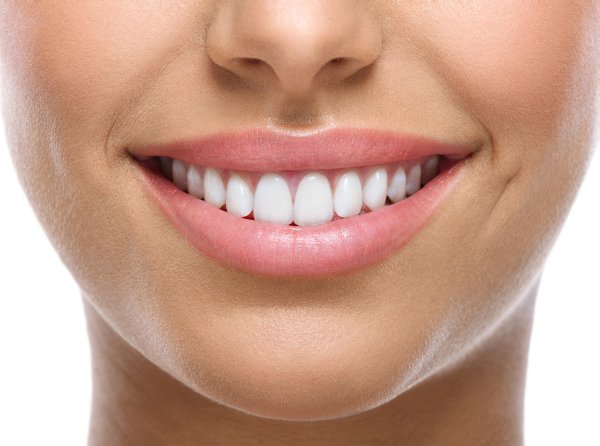Dental Sealants Brownsville, TX
Dental sealants are thin plastic coatings that cover uneven tooth surfaces to protect them from tooth decay and cavities. They usually go on the premolars and molars, where tooth decay is the most common. These coatings are a simple and effective way to protect children's teeth.
Do not hesitate to protect teeth from decay and damage. Our team at Valley Dental offers dental sealants in Brownsville and the surrounding area. Call us today at (956) 525-4391 to learn more about our services or schedule an appointment.
The Details About Dental Sealants
Dental sealants are thin plastic that is bonded to the tooth surface as additional protection again tooth decay. This protective coating helps keep bits of food out of the grooves of the teeth and stops bacteria and acid from settling there. According to the American Dental Association, sealants prevent 80% of cavities in the back teeth.
Dental sealants have been used successfully for more than 40 years and continue to grow in popularity. Research shows school-age children (ages 6–11) without sealants have almost 3 times as many cavities in the first molars as children with sealants. The American Dental Association and the American Academy of Pediatric Dentistry recommend this procedure for all children.
“Dental sealants have been used successfully for more than 40 years and continue to grow in popularity.”
The Right Age for Sealants
Both children and adults can benefit from sealants, but the earlier they are put on, the better the long-term outcome. Children should get sealants on their permanent molars as soon as they come in. The first molars usually appear around six years old and the second molars roughly six years later. Sealants will protect teeth through a child's most cavity-prone years.
Dental sealants may also benefit baby teeth. Since baby teeth play such an important role in the correct spacing of permanent teeth, it is important to keep those teeth healthy and in place until they are ready to come out. When determining whether to have sealants applied to a younger child, make sure the child can keep their mouth open for an extended period and sit still for the procedure.
“Children should get sealants on their permanent molars as soon as they come in.”
Advantages and Disadvantages of Dental Sealants
Dental sealants are a great way to protect teeth against decay. The CDC has reported that children between the ages of six to 11 without sealants have about three times the amount of first molar cavities than children with sealants. Since dental sealants usually cover the teeth at the back of the mouth, they are not visible when speaking or smiling. This simple preventative approach can improve oral hygiene and save patients time and money in the long run by avoiding more costly treatments like fillings and crowns.
While there are many advantages to receiving dental sealants, there are some disadvantages that patients should consider. While sealants can protect healthy teeth or teeth with minor decay, they cannot cover dental fillings or decayed teeth. People should also consider durability, as dental sealants are not a permanent solution to decay prevention. Sealants will wear down over time, necessitating replacement after about five years. However, when placed correctly, some sealants can last up to nine or 10 years.
“This simple preventative approach can improve oral hygiene and save patients time and money in the long run by avoiding more costly treatments like fillings and crowns.”
Check out what others are saying about our dental services on Yelp: Dental Sealants in Brownsville, TX
The Application Process
The process of applying dental sealants is quick and painless. Before we can apply the sealants, we must first thoroughly clean and dry the tooth. After, an acidic gel roughens the chewing surface of the tooth to roughen it up.
The roughened surface will create a stronger bond between the tooth and the sealant. Once the tooth is rinsed and cleaned, we will apply the sealants to the tooth enamel and harden it with a curing light. The entire process of applying a dental sealant to a tooth only takes about one minute.
“The entire process of applying a dental sealant to a tooth only takes about one minute.”
Questions Answered on This Page
Q. What are dental sealants? Are they growing in popularity?
Q. What's the right age to get sealants?
Q. What are some of the advantages and disadvantages of dental sealants?
Q. What is the application process for dental sealants?
Q. What are kids' reactions to dental sealants?
People Also Ask
Q. What is involved in the dental cleaning portion of a checkup?
Q. What conditions are treated by a kid friendly dentist?
Kids’ Reactions
Most children can handle receiving dental sealants since the application process is relatively quick and painless, and there are no restrictions afterward. Once their sealant hardens, children are free to eat and drink and resume their normal activities. Dental sealants may feel odd at first, but once children adjust, they will not even notice that they are on their teeth.
While the application process is straightforward, it does require teeth to be clean and completely dry. These standards can be difficult for children with sensitive gag reflexes or an active tongue. In such cases, we may recommend waiting six months to a year to allow greater patient cooperation.
“Dental sealants may feel odd at first, but once children adjust, they will not even notice that they are on their teeth.”
Frequently Asked Questions
Q. Are dental sealants safe?
A. Dental sealants are safe and effective for patients. While some people may be concerned about bisphenol A (BPA) exposure, according to the American Dental Association (ADA), the amount is so minimal that there is no health concern. Patients get more exposure from food, drinks, sunscreen, and cosmetics.
Q. Do dental sealants hurt?
A. Getting a dental sealant does not hurt. Patients may notice the dental sealants on their teeth at first. However, this is temporary as people will adapt to the new feeling and not notice them anymore.
Q. How should I take care of my sealants?
A. Brushing and flossing remain important even when sealants are present. We also recommend that patients avoid chewy, sticky, or hard foods and snacks. Patients with sealants should also have regular dental check-ups to ensure that they are still effective and do not need replacing.
Q. Are there any side effects associated with dental sealants?
A. No. The only known side effect associated with dental sealants is an allergic reaction to the sealant material. This allergy is not common, but patients can have an allergy test beforehand as a precaution.
Q. How do dental sealants look on teeth?
A. Dental sealants are thin plastic coatings that help smooth out the rough surfaces of back teeth. They can be clear, tinted, or white. While sealants can be visible on teeth, they are not usually visible since they are at the back of the mouth.
Dental Terminology
Helpful Related Links
- American Dental Association (ADA). Glossary of Dental Clinical Terms. 2025
- American Academy of Cosmetic Dentistry® (AACD). Home Page. 2025
- WebMD. WebMD’s Oral Care Guide. 2025
About our business and website security
- Valley Dental was established in 2004.
- We accept the following payment methods: American Express, Cash, Check, Discover, MasterCard, and Visa
- We serve patients from the following counties: Cameron County
- We serve patients from the following cities: Brownsville, Cameron Park, Villa Poncho, San Pedro, and Reid Hope King
- National Provider Identifier Database (1407085020). View NPI Registry Information
- Healthgrades. View Background Information and Reviews
- Norton Safe Web. View Details
- Trend Micro Site Safety Center. View Details
Back to top of Dental Sealants

